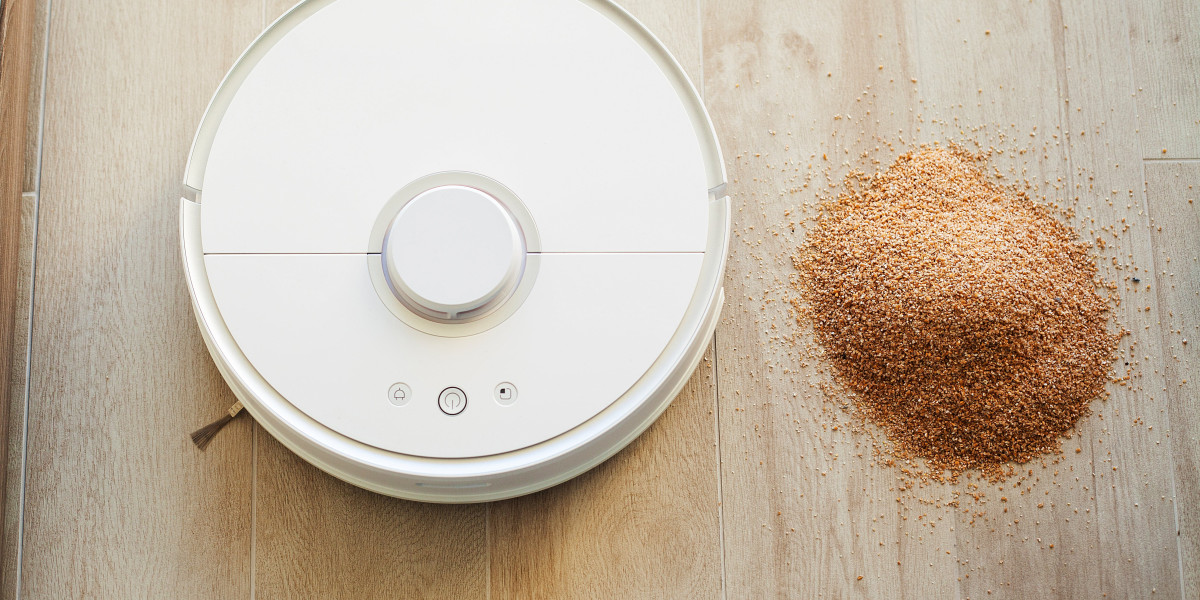How to Fix Composite Door Scratches: A Comprehensive Guide
Composite doors have become a popular option for house owners due to their sturdiness, security, and aesthetic appeal. Nevertheless, like any other door, they can suffer from scratches and small damage with time. Whether it's a small scratch from a pet's claws or a deeper gouge from moving furnishings, understanding how to fix these scratches can assist maintain the door's look and extend its life-span. This post supplies a step-by-step guide on how to repair composite door scratches, along with some often asked questions and tips.
Comprehending Composite Doors
Before diving into the repair procedure, it's important to comprehend what composite doors are made of. composite door repair team doors are generally constructed from a mix of materials, consisting of wood, plastic, and fiberglass. This mix of products makes them highly resistant to weathering, warping, and rot. However, they can still be prone to scratches and small damage.
Tools and Materials Needed
To fix composite door scratches, you will need the following tools and materials:
- Clean, soft cloth
- Warm water and mild cleaning agent
- Fine-grit sandpaper (220-320 grit)
- Plastic filler or putty (color-matched to your door)
- Putty knife
- Paintbrush or foam brush
- Color-matched paint or touch-up set
- Clear sealant or varnish
- Protective gloves and eyewear
Step-by-Step Guide to Fixing Composite Door Scratches
Tidy the Door Surface
- Begin by cleaning up the area around the scratch with a soft cloth, warm water, and moderate cleaning agent. This will remove any dirt, grime, or particles that could disrupt the repair procedure.
- Rinse the area with tidy water and allow it to dry totally.
Sand the Scratch
- Utilizing fine-grit sandpaper (220-320 grit), gently sand the scratched location. The objective is to ravel the scratch and create a flat surface for the filler.
- Sand in the direction of the scratch to prevent creating additional marks. Beware not to sand too strongly, as this might damage the surrounding area.
Use the Filler
- When the area is smooth, apply a percentage of plastic filler or putty to the scratch. Use a putty knife to spread the filler uniformly, ensuring it is a little higher than the surrounding surface.
- Permit the filler to dry according to the maker's guidelines. This usually takes about 30 minutes to an hour.
Sand the Filler
- After the filler has actually dried, use fine-grit sandpaper to sand the filled area until it is flush with the surrounding surface area. This action is crucial for accomplishing a smooth, smooth finish.
- Clean away any dust with a tidy, damp cloth.
Paint the Repaired Area
- When the location is smooth, apply a color-matched paint or touch-up kit to the fixed location. Use a small paintbrush or foam brush to apply the paint in thin, even coats.
- Permit the paint to dry entirely in between coats. This may take numerous hours, depending on the kind of paint you are using.
Seal the Repair
- To secure the fixed location and guarantee it mixes flawlessly with the rest of the door, apply a clear sealant or varnish. This will assist prevent the location from yellowing or degrading with time.
- Use the sealant in thin, even coats, and permit it to dry according to the manufacturer's guidelines.
Final Inspection
- When the sealant has actually dried, check the fixed location to ensure it is smooth and matches the surrounding surface area. If required, repeat the painting and sealing steps up until you accomplish the wanted outcome.
Tips for Maintaining Composite Doors
- Routine Cleaning: Clean your experienced composite door repair door frequently with a moderate cleaning agent and warm water to avoid the accumulation of dirt and gunk.
- Avoid Harsh Chemicals: Avoid utilizing severe chemicals or abrasive cleaning tools, as these can damage the surface of the door.
- Secure from UV Rays: Consider using a UV-resistant sealant to protect your door from sun damage, which can trigger fading and staining.
- Inspect for Damage: Regularly check your door for signs of damage, such as scratches, dents, or fractures, and address them immediately to prevent more deterioration.
Frequently asked questions
Q: Can I use vehicle touch-up paint on my composite double door repair door?
- A: While vehicle touch-up paint can work in a pinch, it is usually not suggested for composite doors. Instead, utilize a color-matched paint or touch-up kit particularly designed for composite products to guarantee the very best results.
Q: How do I choose the ideal color for my touch-up paint?
- A: To choose the best color, take a small sample of the existing paint to a hardware store and have it color-matched. Alternatively, lots of composite door repair tools door makers provide touch-up packages that are color-matched to their products.
Q: Can I repair deep scratches on a composite door?
- A: Deep scratches that penetrate the surface area layer might require more substantial repair, such as changing the damaged panel or hiring a professional. Nevertheless, for small scratches, the steps laid out in this guide needs to be efficient.
Q: How typically should I reapply the sealant?
- A: The frequency of reapplying the sealant depends upon the climate and the quality of the sealant. In basic, it is a great concept to reapply the sealant every 2-3 years or as needed to preserve the door's look and protect it from the components.
Q: Can I utilize a heat gun to ravel the filler?
- A: Using a heat gun can help ravel the filler, however it requires careful dealing with to prevent melting the surrounding product. If you are not positive in your capability to utilize a heat weapon, it is best to stick with sanding.
Composite doors are a durable and attractive alternative for homeowners, but they can still suffer from scratches and minor damage. By following the actions described in this guide, you can effectively repair composite door scratches and keep the door's appearance. Routine maintenance and correct care will help guarantee your composite door stays in outstanding condition for many years to come.








